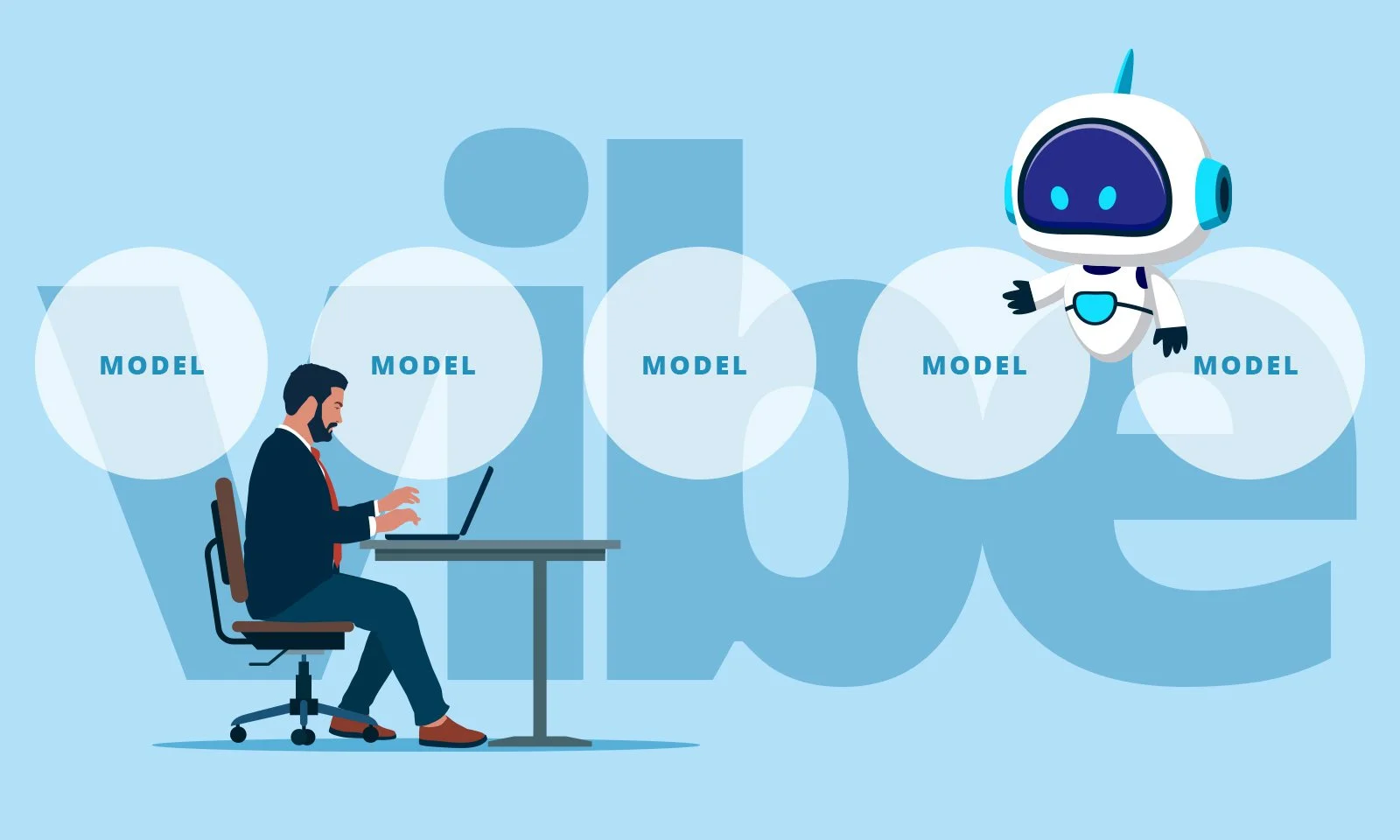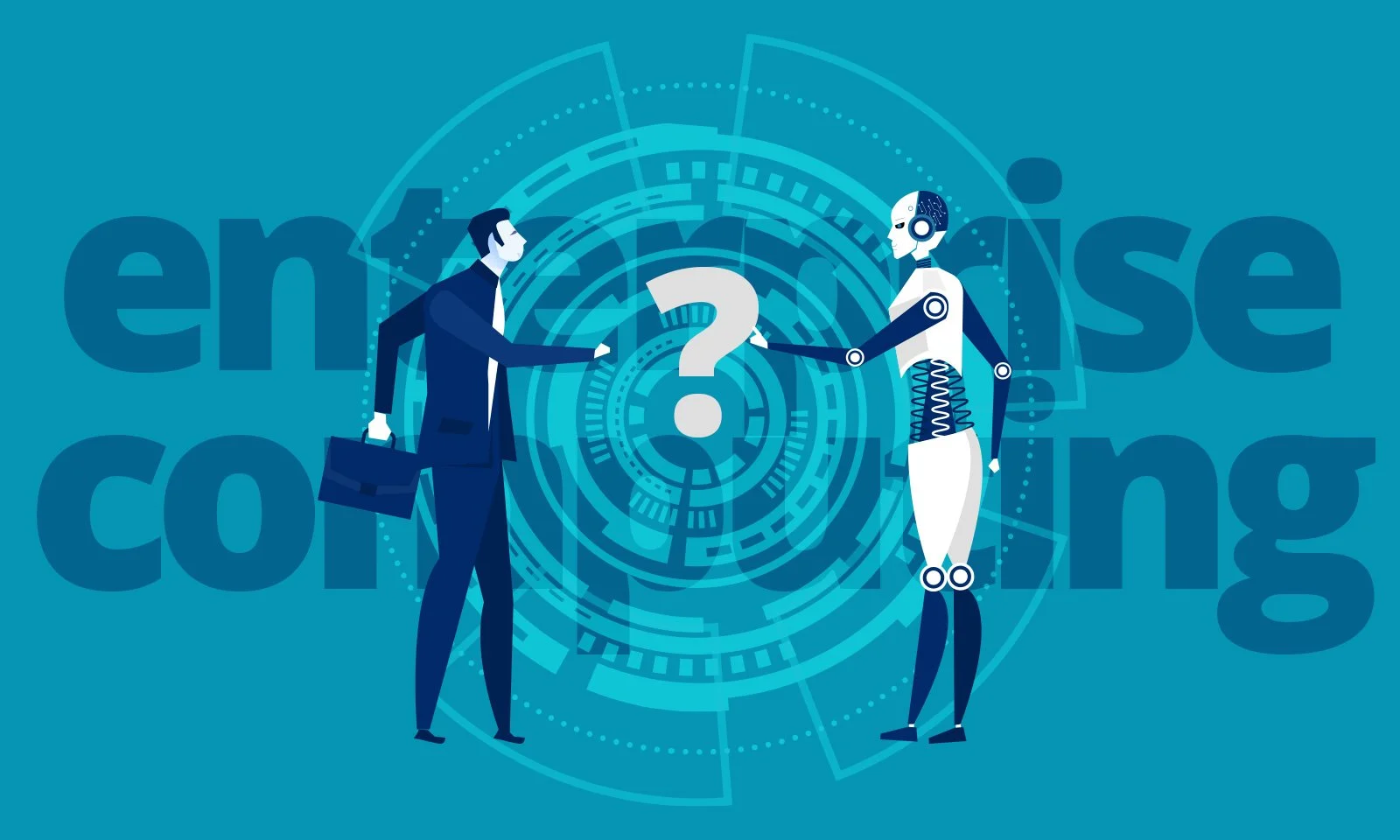Why You Should Use Value Stories Instead of Conjoint Analysis for B2B Pricing
Ed Arnold is a Senior Advisor at Ibbaka. See his Skill Profile on Ibbaka Valio.
Ed Arnold is currently an Advisor to Ibbaka. He has been a product leader at Forrester Research and LeveragePoint. Ed is an expert on value-based pricing and go-to-market strategies for digital products.
Is it just me or are people doing a lot more conjoint analysis to assess customers’ willingness to pay (WTP) nowadays? Back in the day, conjoint studies were rare, expensive affairs that were run by market research specialists and the occasional moonlighting statistics professor. Top tier consulting firms would typically charge +$100K per study, minimum.
FYI… for those who are not too familiar with conjoint analysis, here is an excellent short introductory video I found on Youtube.
Thank SaaS companies like Conjointly.com for making conjoint and other pricing research techniques much more accessible for the general business user by providing an online research platform to design, field and analyze their own studies at a much lower cost. Full disclosure: Ibbaka makes full use of our Conjointly.com subscription for our client projects.
This appears to have stimulated demand for conjoint surveys, evermore so now that business leaders are much more focused on inflation and profitability instead of chasing top-line growth. Since the start of 2023, we’ve had numerous discussions with business leaders who seek to bump up pricing. As I was writing this blog, Good Better Best reported that 28% of 164 companies they track increased their prices within the past week alone!
What’s really interesting about this uptick in conjoint analysis, is that a lot of it is being done for business-to-business (B2B) solutions. That gives me pause. Primarily because conjoint analysis was originally intended for consumer products. If you search online for “conjoint analysis” chances are you’ll see many consumer examples: mini vans, cell phone plans, credit cards, etc.
The consumer product/market attributes that make conjoint surveys work so well are lacking in B2B product/markets. This is particularly true when you are dealing with a complex solution (i.e., combination of various products, options, and services) being sold to large enterprise customers. My argument is that these two use cases are worlds apart.
Ways in which consumer products differ from the B2B world that should cause pause when using conjoint for B2B
There is a short list of standard product attributes that all consumers know and can compare between multiple offers. As a consumer, I can easily compare various credit cards according to their annual fee, APR, cashback, etc. and make mental tradeoffs between them (which is why conjoint is sometimes referred to as tradeoff analysis). For many B2B solutions, this is a more daunting task because: 1) you need to boil down a much larger set of attributes to a relevant short list; and 2) survey respondents do not have enough relative experience to confidently make tradeoffs.
Brands have meaning to consumers and they can make tradeoffs between them. Often consumer conjoint studies compare specific brands because brand perceptions are an important factor in WTP. Leading name brands in particular evoke powerful emotions (and spend mightily in advertising to create them in the first place). Although some leading B2B brands do have some psychological weight (e.g., no one ever got fired for buying IBM), this is more the exception than the rule. Many B2B buyers often have no opinions or even awareness of other competitive options in a particular solution space.
The interview respondent is the buyer. In the consumer world, the buyer is usually the user and the sole, if not primary decision maker. That’s usually NOT the case for B2B customers unless they are very small businesses. The B2B buying process typically involves multiple stakeholders and influencers. Often it’s lower-level employees who engage with vendors before kicking the purchase decision upstairs - and those executives are very unlikely to ever fill-out a conjoint survey.
You can survey a large sample of customers. Conjoint analysis is a quantitative method that depends on large, unbiased sample sizes to deliver statistically significant findings. That can be done relatively easily in consumer markets where you have millions of potential prospects. Anyone who has ever done B2B market research knows very well how challenging it is to source an adequate sample. Third-party panel companies typically charge $200-$300+ per respondent. One alternative is to use internal customer lists, but that introduces a bias risk (i.e., the sample is not representative of the overall market).
So with all these challenges, it makes me wonder how many B2B conjoint analysis studies are providing reliable WTP insights to make the right pricing decisions. I have no doubt that the better ones are the most expensive.
Value Stories as an Alternative WTP Approach for B2B Solution
A value story is an interactive presentation of a customer value model. In this presentation, an interviewer describes the solution’s benefits and then, with the input of the B2B respondent, estimates the amount of financial impact on that customer’s business. Typical financial impacts (called value drivers) are reducing operating costs, improving cash flow, or increasing revenue. In essence, a value story reveals the true cost of a customer’s unserved need.
For example, take a solution that addresses the issue of retaining key employees. The interviewer would ask the respondent to estimate how many employees the company has, current turnover rate, average recruiting and onboarding costs, etc. From this, the overall cost of the problem is estimated as well as the percent reduction of that problem using the solution. Here it is important that the interviewer provide a reasonable explanation (and ideally proof points) that the solution can deliver the value promised.
More often than not, there are multiple value drivers. So conceivably this solution can reduce total onboarding costs as well improve customer churn (because experienced employees are more effective at serving customers than new ones). The interviewer asks the respondent to rate their confidence on a 5-point scale in their collaborative estimate of the cost of the problem and potential value created by the solution.
From here, willingness to pay (WTP) is simply an exercise of determining which percentage of the total value benefit (called the value ratio) that the B2B customer would find reasonable. In our experience, value ratios usually fall between 10% - 30% depending on market conditions and go-to-market strategy. This Value Story approach is how Ibbaka tests potential value-based pricing strategies. We are able to collect and analyze responses using our pricing and value management platform, Ibbaka Valio.
To be fair, this is primarily a qualitative approach in our recent practice because of the same constraints in sourcing adequate numbers of B2B buyers. However, when done on a platform a statistically significant sample can be gathered over time if the Value Story is adopted as part of the go-to-market process. In fact, there is no better way to gauge a customer’s true buying intention than in a real-life sales event.
Other advantages of the Value Story approach are:
The solution can be compared against their real next best alternative which can include their current status quo and doing nothing
Insights about different customer stakeholders within the same company are revealed
The collaborative approach helps turn stakeholders into internal advocates for your solution.
Tell us more:
What have your experiences with B2B conjoint studies? What is your reaction to the Value Story approach? Please share in the comments below.








